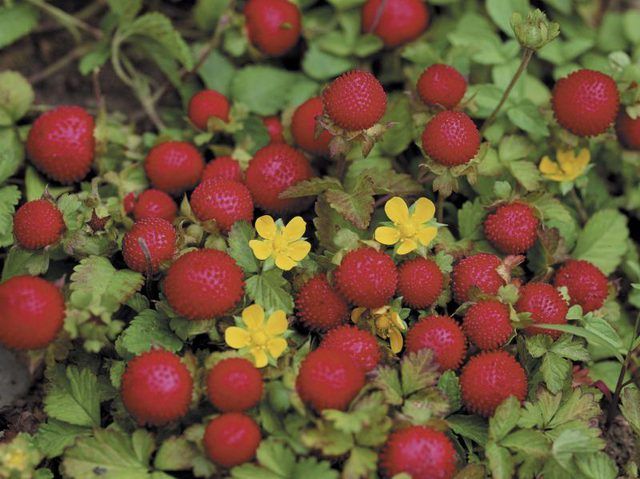Bulbs
Flower Basics
Flower Beds & Specialty Gardens
Flower Garden
Garden Furniture
Garden Gnomes
Garden Seeds
Garden Sheds
Garden Statues
Garden Tools & Supplies
Gardening Basics
Green & Organic
Groundcovers & Vines
Growing Annuals
Growing Basil
Growing Beans
Growing Berries
Growing Blueberries
Growing Cactus
Growing Corn
Growing Cotton
Growing Edibles
Growing Flowers
Growing Garlic
Growing Grapes
Growing Grass
Growing Herbs
Growing Jasmine
Growing Mint
Growing Mushrooms
Orchids
Growing Peanuts
Growing Perennials
Growing Plants
Growing Rosemary
Growing Roses
Growing Strawberries
Growing Sunflowers
Growing Thyme
Growing Tomatoes
Growing Tulips
Growing Vegetables
Herb Basics
Herb Garden
Indoor Growing
Landscaping Basics
Landscaping Patios
Landscaping Plants
Landscaping Shrubs
Landscaping Trees
Landscaping Walks & Pathways
Lawn Basics
Lawn Maintenance
Lawn Mowers
Lawn Ornaments
Lawn Planting
Lawn Tools
Outdoor Growing
Overall Landscape Planning
Pests, Weeds & Problems
Plant Basics
Rock Garden
Rose Garden
Shrubs
Soil
Specialty Gardens
Trees
Vegetable Garden
Yard Maintenance
How to Water Strawberry Plants
How to Water Strawberry Plants. Strawberry plants (Fragaria X ananassa) are shallow rooted, so they usually need frequent watering, especially during dry weather. Consistently moist soil encourages good flower and fruit production in strawberries. June-bearing strawberry plants fruit in spring and early summer; day-neutral varieties fruit about...

Strawberry plants (Fragaria X ananassa) are shallow rooted, so they usually need frequent watering, especially during dry weather. Consistently moist soil encourages good flower and fruit production in strawberries. June-bearing strawberry plants fruit in spring and early summer; day-neutral varieties fruit about three months after planting; and ever-bearing strawberries produce fruit at intervals during the growing season. Strawberry plants grow year-round in U.S. Department of Agriculture plant hardiness zones 2 through 11, according to variety.
Young Plants
Young strawberry plants need small, but frequent, amounts of water. Organically rich, well-drained water-retentive soil helps provide consistently moist conditions.
Water newly planted and young strawberry plants when the soil surface is dry. Drip irrigation or soaker hoses are the best methods for watering these plants because overhead watering can cause leaf diseases. Place drip emitters or lay soaker hoses 2 inches from the strawberry plant bases, and irrigate the plants in the morning so water that contacts the leaves has time to evaporate by evening. Apply water until it begins to puddle on the soil surface.
Alternatively, water strawberry plants using a watering can or garden hose, and direct the spray at the plant bases.
Established Plants
Established June-bearing, day-neutral and ever-bearing strawberry plants use up to 1/7 inch of water a day, and need at least 1 inch of water per week. In hot, dry weather, plants need more water, as much as 2 1/2 inches per week.
The soil for established plants should be moist to a depth of 9 inches. Strawberry plants growing in well-drained, moisture-retentive, loamy soil usually need watering just once per week to maintain this moisture level. With heavy clay and light, sandy soils, water three or four times per week with small amounts. Heavy clay soils have poor drainage and easily become soggy, which causes rotting, and light, sandy soils drain and dry out quickly.
Fruiting Plants
Strawberry plant water needs change over the year, according to the season and the type of plant. Plants use water to form fruits. June-bearing strawberry plants use plenty of water in late spring through early summer, and day-neutral plants need water for fruits two to three months after planting. Ever-bearing plants need water whenever a flush of fruit appears. Lying on wet ground causes the fruit to rot. Allow the soil surface to dry between waterings, and don't water so much the ground becomes soggy.
Mulches for Strawberry Plants
Mulch conserves soil moisture around strawberry plants, and also helps control weeds, which compete for water. Leaves, paper, clean straw and sawdust are some effective mulches.
Spread a 2-inch layer of organic mulch between strawberry plants after planting or when new growth appears in spring. Don't pile the mulch against the plants' stems. Before you water the plants, pull back the mulch and feel the soil to check the moisture level. Organic mulches thin out as the weather and soil organisms break them down. When you can see bare soil through the mulch, spread a new layer.